A message from Building Bright Futures
The mission of Building Bright Futures (BBF) is to improve the well-being of children and families in Vermont by using evidence to inform policy and bringing voices together across sectors and within regions to discuss critical challenges and problem-solve.
Dear Parents and Caregivers,
Although most parents know that lead paint is dangerous, especially for young children and pregnant people, did you know that lead poisoning doesn’t show any immediate symptoms? That’s why it’s required in Vermont for all 1- and 2-year-olds to be tested for blood lead levels, in line with national standards of pediatric care. Every 1- and 2-year-old should receive a blood test for lead at their well child visit with their regular doctor, and children ages 3-6 and older children who are refugees may also need to be tested (see testing guidelines).
This is important because exposure to lead can seriously harm a child's health, including damage to the brain and nervous system, slowed growth and development, learning and behavior problems, and hearing and speech problems.
Pediatricians and other primary care providers across the state do the essential, hands-on work of testing young children and providing follow-up care. And thanks to a grant from the U.S. Department of Housing and Urban Development, BBF is helping to raise awareness about lead exposure, its prevalence, and how to prevent it. BBF works in partnership with the Vermont Housing & Conservation Board, Vermont Department of Health, and the Vermont Child Health Improvement Program (VCHIP) to educate Vermonters about lead exposure and prevention, support primary care providers, collect and publish data (read the 2022 report to the legislature), and coordinate interventions such as reducing lead levels in homes.
How many children get the recommended lead testing in Vermont?
The goal of the Vermont Department of Health is for 100% of children ages 1-2 to be tested for lead. Testing rates were 75% for 2-year-olds and 72% for 1-year-olds in 2019, but rates decreased substantially in 2020 and 2021, due to the COVID-19 pandemic and the recall of a commonly used lead testing kit.
How can we reach the goal of getting all young children tested?
One of the strategies to increase testing levels is to directly support primary care providers. Our partners at the Vermont Child Health Improvement Program (VCHIP) are doing just that by:
• Doing outreach to primary care providers, providing technical support and offering strategies for improving screening rates.
• Coordinating with primary care providers to use the state immunization registry to identify children who haven’t been screened yet for lead
• Educating parents and primary care providers about the newly updated lead guidelines from the Centers for Disease Control and Prevention (CDC) and Vermont, which lower the blood lead level reference value from 5 mcg/dl to 3.5 mcg/dl (micrograms per deciliter). This number is intended to prioritize actions to help the children most harmed by lead. It does not mean that blood lead levels that are below 3.5 mcg/dl are safe (more details below).
What is considered too high for lead levels?
Any level of lead in the blood is considered elevated. There is no safe level of lead in the body. All children with elevated levels should receive follow-up testing, treatment (if needed based on how high their levels are), and a call from a Department of Health case manager to address sources of lead in the home.
Although lead paint has been banned in the United States since 1978, young children are still exposed to this toxic metal from paint chips or dust in older houses, contaminated soil, and other sources such as toys and drinking water. This is a particularly common problem in Vermont where 70 percent of homes were built before 1978.
How many children have elevated lead levels in Vermont?
In 2020, 400 Vermont kids under age 6 were found to have lead levels of 5 mcg/dl or more. In 2021, that number was 387. However, lower levels can also be harmful, and not all children are being screened, meaning that some children with elevated lead levels may not be getting the diagnosis and treatment they need. The earlier that lead exposure can be identified and addressed, the better the outcomes.
What resources are available?
• Vermont Department of Health’s guide for parents and caregivers
• 2022 update to the blood lead level reference value



